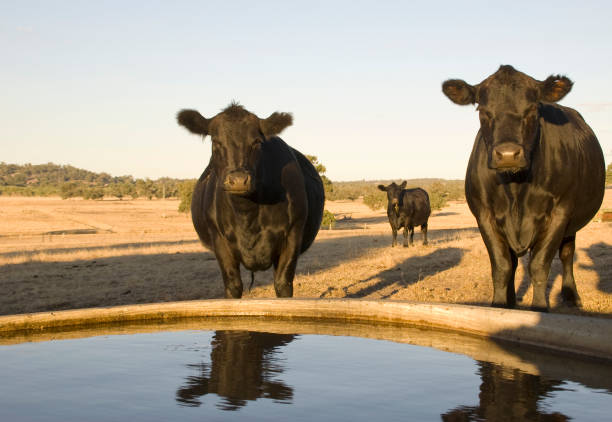The first months of summer have seen a number of above average days for both temperature and humidity in Victoria, increasing the risk of heat stress in livestock.
Typical signs of heat stress in livestock include:
- Bunching in the shade
- Slobbering or panting
- Lack of coordination and trembling
- Agitation and restlessness
Heat stress can lead to a significant loss of production due to: reduced feed intake, increased susceptibility to other disease, changes in behaviour and, in severe cases, death. It is important to put practices in place to prevent heat stress and to know what to do when animals are suffering from heat stress.
Be aware of your herd or flocks level of risk
Heavier and dark coloured animals are more susceptible to heat stress. Cattle in particular do not have an effective sweat system which, when combined with the heat generation from the rumen, means they are unable to dispel heat as effectively as smaller species.
Heat load can build up over a number of days, especially if nights are warm and cattle can’t effectively dissipate heat.
Water water water
Most livestock will seek shade before water, so make sure sufficient shade is provided with a reliable water source nearby. Be sure that the water quality is suitable for the class of stock as it may deteriorate over summer.
If signs of heat stress occur, supply drinking water and consider wetting animals down with a fire hose or large droplet sprinkler.
Avoid unnecessary handling, yarding or transport during hot weather especially if stocks are showing signs of stress.
